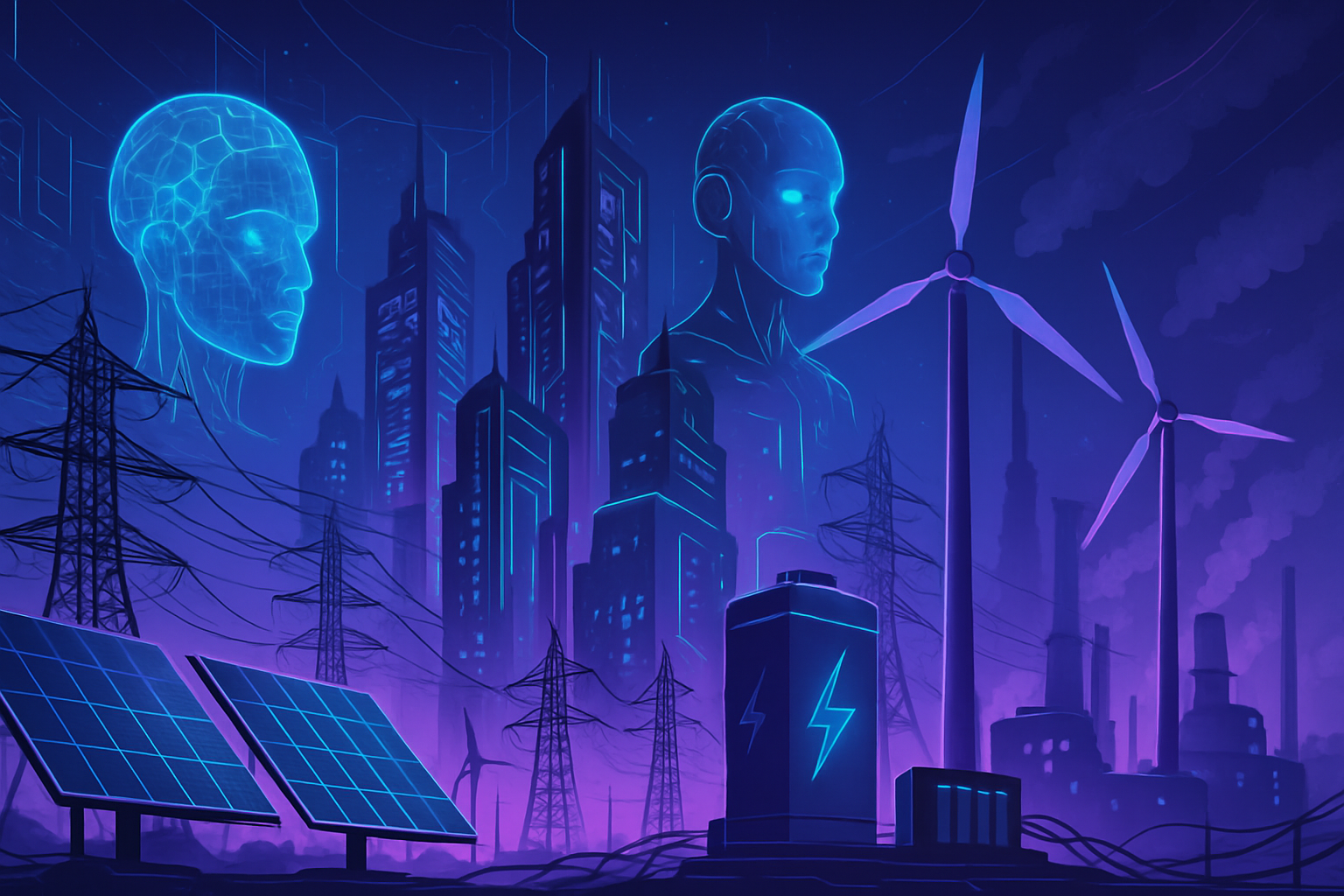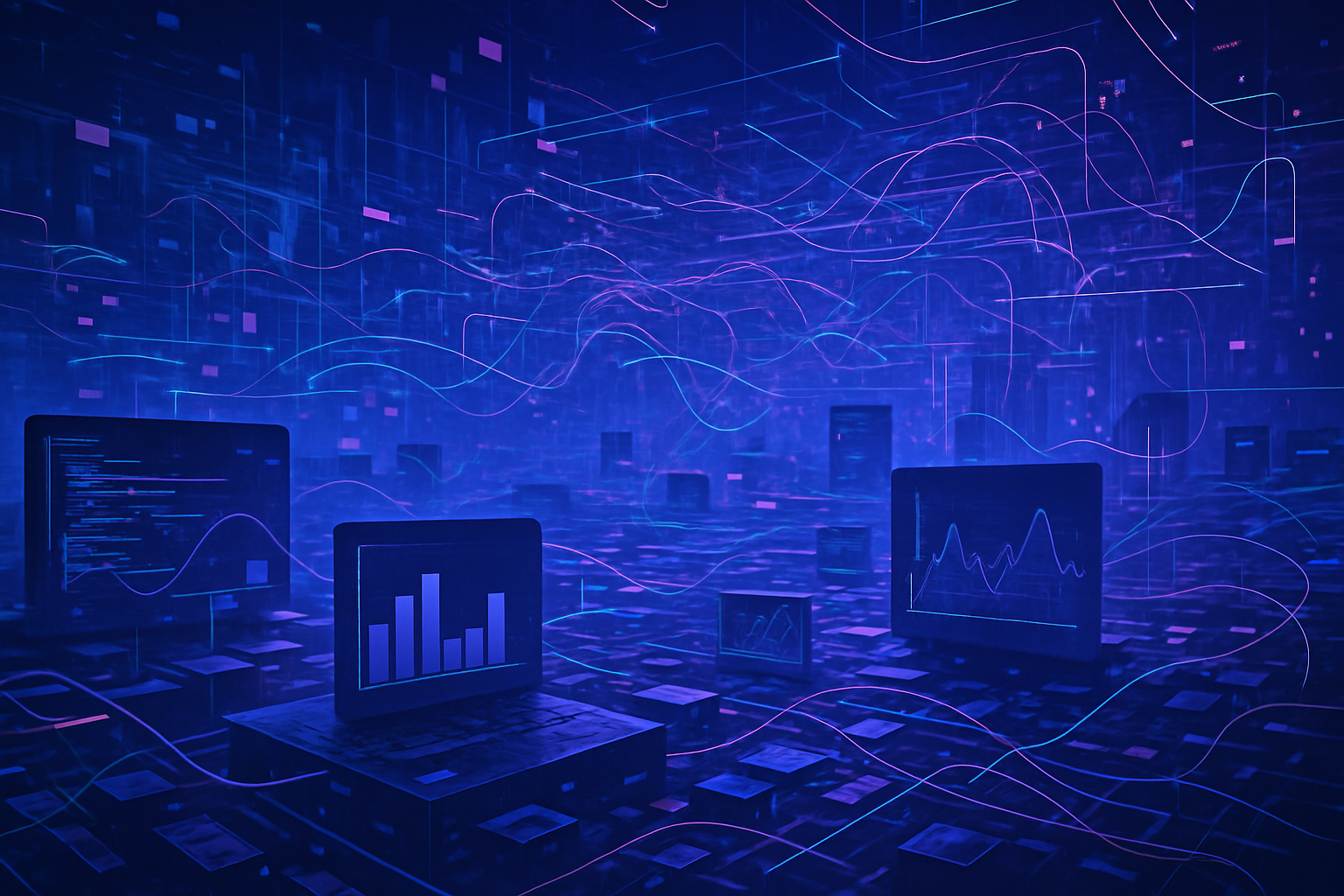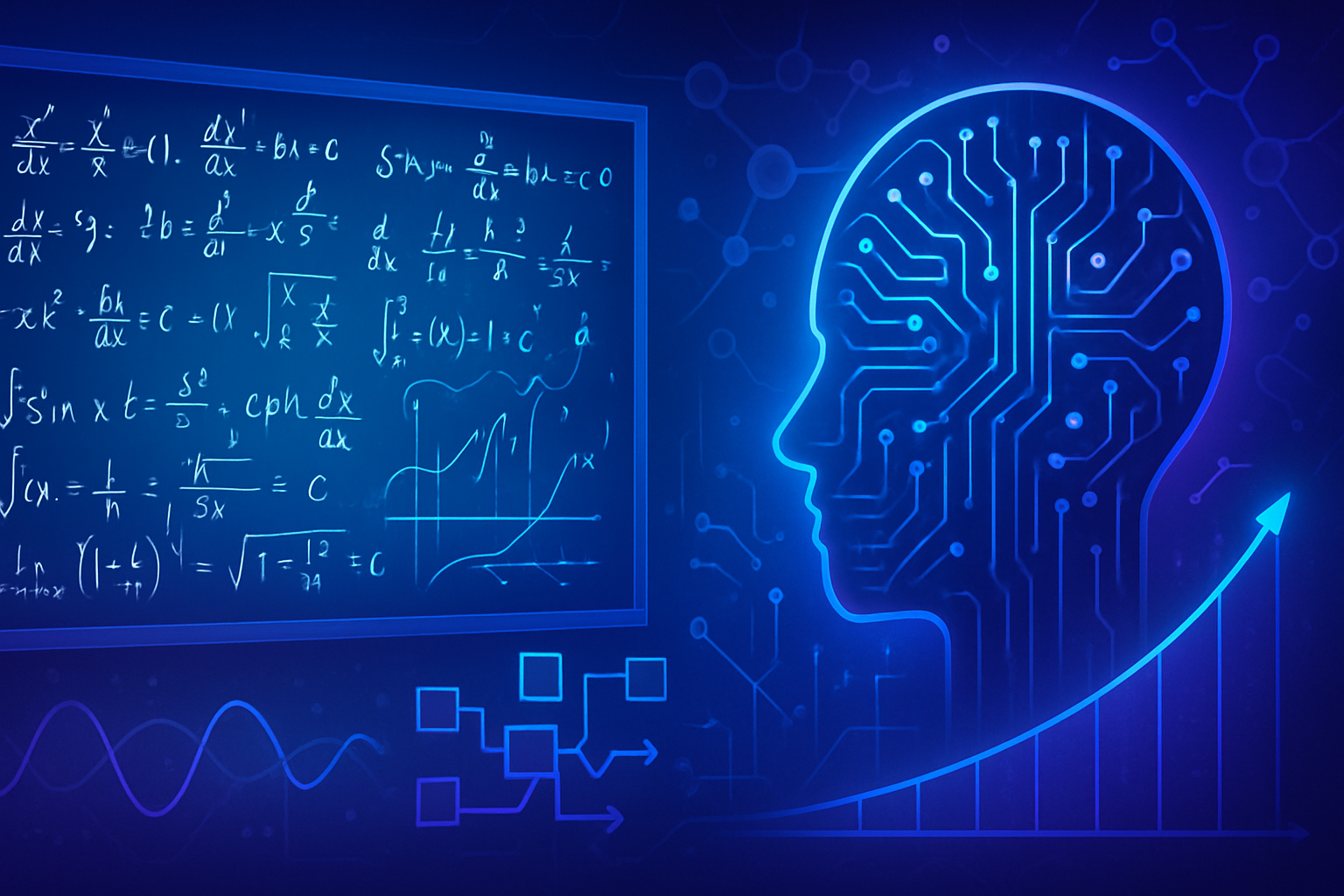The rapid rise of artificial intelligence raises unavoidable questions about global energy resources. The complexity of AI systems is increasing, leading to exponential energy demand. Concerns are emerging regarding the environmental impact of this resource-hungry progression. The gap widens between technological growth and ecological sustainability. The question is pressing: how to balance the expansion of AI without compromising our planet? _Energy infrastructures are riveted in a delicate dance_, while the future of innovation depends on informed choices. This issue transcends mere debate, touching the foundations of our coexistence with technology.
The exponential increase in energy consumption by AI
The energy demand generated by artificial intelligence is experiencing a staggering explosion. The energy needs of AI models are rapidly becoming problematic, threatening not only energy infrastructures but also the environment. Within a few months, the power required to run these systems intensifies, putting traditional energy forecasts under pressure.
The statistics are striking. In 2024, the global electricity demand increased by 4.3%, largely due to the expansion of AI. These models already consume nearly 2% of global electricity, representing about 460 TWh. Forecasts estimate that by the end of 2025, AI-dedicated data centers could require an additional 10 GW, a figure equivalent to the energy capacity of states like Utah. By 2026, global electricity use by data centers could reach 1,000 TWh, comparable to that of Japan.
Environmental impacts and water resources
The facade of AI is not limited to electricity. The creation of data centers also imposes a significant water burden. Every kilowatt-hour consumed requires approximately 1.7 liters of water for cooling. In 2022, Google’s data centers consumed nearly 5 billion gallons of water, illustrating the challenges of managing this precious resource.
Estimates indicate that in the future, AI infrastructures could absorb up to six times more water than the total consumption of Denmark. This growing need accentuates the necessity for sustainable practices in water resource management. A delicate balance must be found between energy demands and available water reserves, exacerbating the threat of an environmental crisis.
Electronic waste and natural resources
The rise of AI also contributes to an alarming accumulation of electronic waste. The speed at which technology evolves leads to an incessant replacement cycle of equipment, with projections indicating that AI data centers could generate up to five million tons of e-waste by 2030. This deluge of waste requires innovative and effective solutions for recycling or processing these materials.
The manufacturing of AI chips imposes an additional toll on the environment, using large amounts of water and energy. Producing a single chip engages more than 1,400 liters of water and 3,000 kWh of electricity, putting further pressure on natural resources. De facto, this phenomenon encourages a rethinking of manufacturing and extraction processes for crucial minerals.
Towards sustainable energy solutions
In the face of this critical situation, initiatives are emerging to build a more sustainable energy future. The integration of renewable energies, such as solar and wind, appears as a promising solution. Forecasts indicate that the share of renewables in electricity production could rise from 23% in 2024 to 27% by 2026 in the United States. Tech companies are making firm commitments to sustainability, such as Microsoft, which plans to acquire 10.5 GW of renewable energy between 2026 and 2030 to power its data centers.
Nuclear reactors, especially small modular reactors (SMRs), are emerging as an attractive solution to power data centers. These technologies, considered safe and flexible, could provide the necessary energy consistently and decarbonized. Giants like Amazon and Google are investing in this direction, betting on nuclear’s capacity to meet the growing energy demands.
Regulatory challenges and social responsibility
Governments are beginning to realize the necessity for regulation of AI in energy matters. The creation of standards to measure and report the ecological footprint of AI represents an essential first step. Policies aimed at encouraging sustainability in equipment manufacturing could mitigate the impacts of electronic waste.
Discussions are now focused on the need for a profound transformation of industrial practices and the importance of integrating resource conservation from design to the decommissioning of equipment. To encourage a transition towards environmentally friendly technologies, energy credit trading systems could emerge.
Future perspectives
Although the energy challenge posed by AI is immense, innovative perspectives are emerging. The development of more efficient AI algorithms could reduce energy consumption while maintaining performance. Techniques such as “quantization” or “knowledge distillation” promote this evolution toward more responsible resource usage.
At the scale of data centers, approaches such as dynamic resource management can prove beneficial. Using AI to optimize air conditioning systems and reallocating computing resources based on peaks in renewable energy production could transform the energy landscape.
The trend towards on-site artificial intelligence solutions, thereby reducing reliance on the cloud, can also contribute to this transition. These strategic innovations could pave the way for a future where the benefits of AI are coupled with increased environmental respect. Several key players are coming together to build this vision, recognizing the gravity of the challenges and the necessity for collective action.
Questions and answers on the rise of AI and the global energy crisis
Does the growth of artificial intelligence actually increase energy demand to an alarming level?
Yes, the energy demand of AI systems continues to increase with the complexity of models, raising concerns about the ability of current energy infrastructures to meet this growing consumption.
What are the main factors contributing to the increase in energy consumption by AI?
The main factors include the training of complex AI models, the operation of data centers, as well as the growing use of AI in various sectors such as research, services, and entertainment.
What is the environmental impact related to the energy used by AI?
The environmental impact is significant, as the increase in energy consumption leads to higher greenhouse gas emissions, increased water use for cooling data centers, and the generation of e-waste.
Can renewable energies meet the growing needs of AI without harming the environment?
While they are an essential part of the solution, renewable energies present challenges in terms of consistent availability and rapid capacity increase. They must be complemented by other energy sources, such as nuclear, to ensure reliable supply.
What are the forecasts regarding future energy demand from AI systems?
Forecasts indicate that the energy demand of AI-dedicated data centers could reach levels equivalent to the energy consumption of entire countries by 2030, raising major concerns about global energy supply.
How do major tech companies plan to mitigate the energy impact of AI?
Major companies, such as Microsoft and Google, are investing in renewable energies, optimizing their infrastructures for better energy efficiency, and exploring solutions like small modular reactors for continuous low-emission power.
Can artificial intelligence help make energy systems more efficient?
Yes, AI has the potential to improve energy efficiency by optimizing energy consumption management in data centers and enabling better integration of renewable resources into electrical networks.
What are the risks associated with increasing reliance on AI in terms of energy security?
Increased reliance on AI could make critical infrastructures vulnerable to cyberattacks, threaten the reliability of energy systems, and increase stress on already overloaded electrical networks.
Are there any policies or regulations in place to manage the energy impact of AI?
Currently, few specific regulations exist regarding the energy impact of AI. However, there is a growing awareness and discussions about establishing standards and policies to encourage responsible and sustainable energy use.






